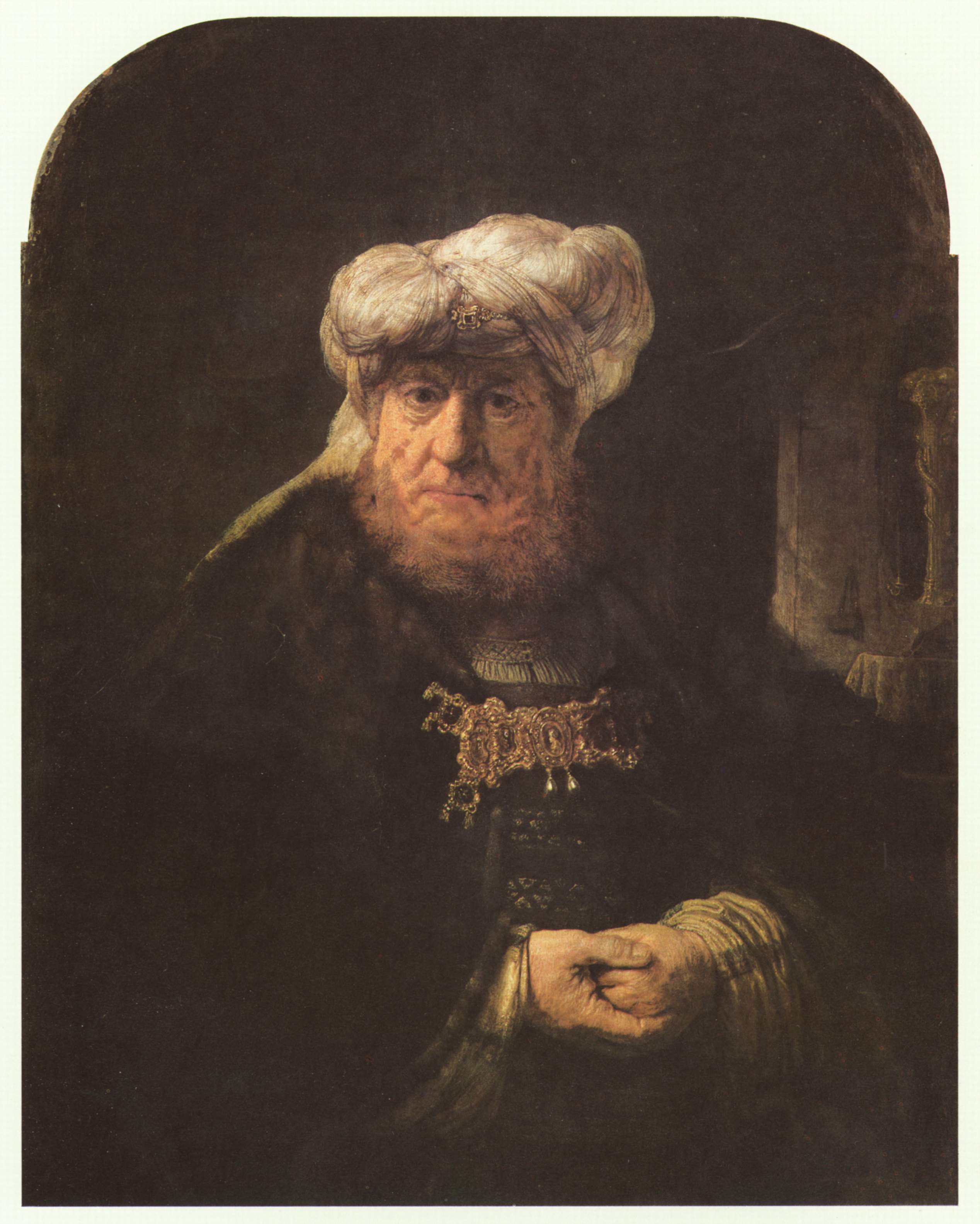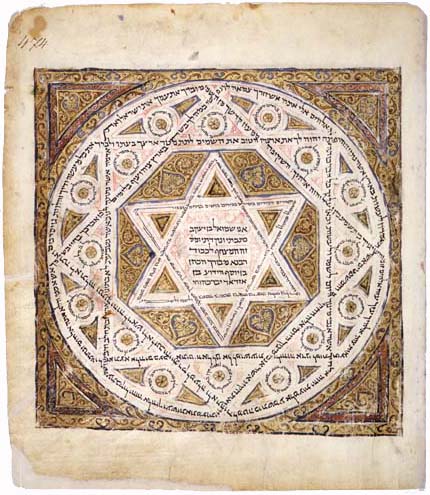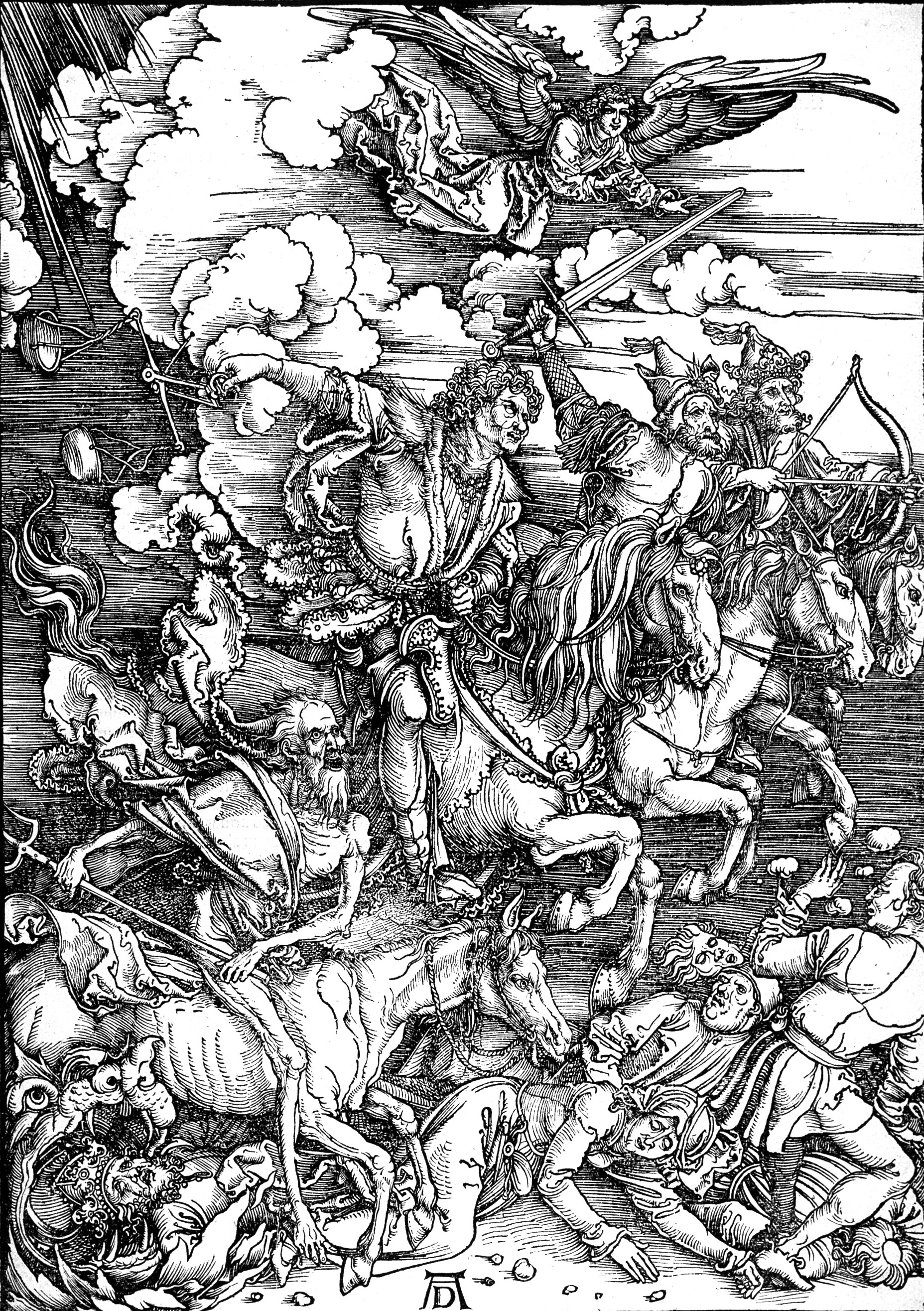|
Busayra Cultural Heritage Project
Busaira ( ar, بُصَيْرا, buṣayrā; also Busayra, Busairah or Buseirah) is a town in Tafilah Governorate, Jordan, located between the towns of Tafilah (Tophel) and Shoubak and closer to the latter. Bozrah ( he, בָּצְרָה ; also Botsra, Botzrah, Buzrak) is a biblical city identified by some researchers with an archaeological site situated in the town of Busaira. In biblical narrative Bozrah in Edom Bozrah means sheepfold or enclosure in Hebrew and was a pastoral city in Edom southeast of the Dead Sea. According to the biblical narrative, it was the home city of one of Edom's kings, Jobab son of Zerah () and the homeland of Jacob's twin brother, Esau. :''And these were the kings who reigned in the land of Edom before the reigning of a king over the sons of Israel ... And Bela died, and Jobab the son of Zerah, from Bozrah, reigned in his place''. () The prophets Amos, Isaiah, and Jeremiah predicted Bozrah's destruction: :''But I will send a fire against Tem ... [...More Info...] [...Related Items...] OR: [Wikipedia] [Google] [Baidu] |
Edom
Edom (; Edomite: ; he, אֱדוֹם , lit.: "red"; Akkadian: , ; Ancient Egyptian: ) was an ancient kingdom in Transjordan, located between Moab to the northeast, the Arabah to the west, and the Arabian Desert to the south and east.Negev & Gibson (ed.), 2001, ''Edom; Edomites'', pp. 149–150 Most of its former territory is now divided between present-day southern Israel and Jordan. Edom appears in written sources relating to the late Bronze Age and to the Iron Age in the Levant. Edomites are related in several ancient sources including the Tanakh, a list of the Egyptian pharaoh Seti I from c. 1215 BC as well as in the chronicle of a campaign by Ramesses III (r. 1186–1155 BC). Archaeological investigation has shown that the nation flourished between the 13th and the 8th century BC and was destroyed after a period of decline in the 6th century BC by the Babylonians. After the fall of the kingdom of Edom, the Edomites were pushed westward towards southern Judah ... [...More Info...] [...Related Items...] OR: [Wikipedia] [Google] [Baidu] |
Zerah
Zerah or Zérach ( / "sunrise" Standard Hebrew ''Zéraḥ'' / ''Záraḥ'', Tiberian Hebrew ''Zéraḥ'' / ''Zāraḥ'') refers to several different people in the Hebrew Bible.For the etymology see An Edomite Zerah was the name of an Edomite chief. He was listed as the second son of Reuel, son of Basemath, who was Ishmael's daughter and one of the wives of Esau the brother of Jacob (Israel) (). Son of Tamar and Judah According to the Book of Genesis, Zerah was the son of Tamar and Judah, and was the twin of Perez (). This same Zerah is mentioned in the genealogy of Jesus in Matthew 1:3. Zerah is also listed as the ancestor of Achan, who was stoned to death as recounted in the Book of Joshua (). Achan is the son of Carmi, a descendant of Zimri, the son of Zerah. Simeonite clan The Bible also identifies Zerah as the name of the founder of one of the Simeonite clans. The Cushite ''Zerah the Cushite'' is mentioned by the Book of Chronicles (). There he is said to have inva ... [...More Info...] [...Related Items...] OR: [Wikipedia] [Google] [Baidu] |
King's Garden (Jerusalem)
The King's Garden ( he, גן המלך, ''Gan HaMelekh'') is a location mentioned in the Hebrew Bible ( and ), and associated by biblical archaeologists with the Al-Bustan neighbourhood in the Silwan area of East Jerusalem. Al-Bustan has traditionally been believed to be part of the royal gardens of the Israelite kings, though, according to B'Tselem, "the exact location and nature of the biblical garden are not known and there are no archeological or other findings in al-Bustan to suggest that this is in fact the location." Location The only place in historical Jerusalem where water is flowing year-round, thanks to the nearby Gihon Spring, allowing for permanent growth of natural vegetation and agriculture, is at the confluence of the Kidron and the Central (aka Tyropoeon) valleys.E. W. G. (Ernest William Gurney) Masterman, ''King's Garden'', in the International Standard Bible Encyclopediabr>via BibleHub.com/ref> The area known as the King's Garden is today planted with ... [...More Info...] [...Related Items...] OR: [Wikipedia] [Google] [Baidu] |
Flavius Josephus
Flavius Josephus (; grc-gre, Ἰώσηπος, ; 37 – 100) was a first-century Romano-Jewish historian and military leader, best known for ''The Jewish War'', who was born in Jerusalem—then part of Roman Judea—to a father of priestly descent and a mother who claimed royal ancestry. He initially fought against the Romans during the First Jewish–Roman War as head of Jewish forces in Galilee, until surrendering in 67 AD to Roman forces led by Vespasian after the six-week siege of Yodfat. Josephus claimed the Jewish Messianic prophecies that initiated the First Jewish–Roman War made reference to Vespasian becoming Emperor of Rome. In response, Vespasian decided to keep Josephus as a slave and presumably interpreter. After Vespasian became Emperor in 69 AD, he granted Josephus his freedom, at which time Josephus assumed the emperor's family name of Flavius. Simon Claude Mimouni, ''Le Judaïsme ancien du VIe siècle avant notre ère au IIIe siècle de notre ère : Des p ... [...More Info...] [...Related Items...] OR: [Wikipedia] [Google] [Baidu] |
Uzziah
Uzziah (; he, עֻזִּיָּהוּ ''‘Uzzīyyāhū'', meaning "my strength is Yah"; el, Ὀζίας; la, Ozias), also known as Azariah (; he, עֲזַרְיָה ''‘Azaryā''; el, Αζαρίας; la, Azarias), was the tenth king of the ancient Kingdom of Judah, and one of Amaziah's sons. () Uzziah was 16 when he became king of Judah and reigned for 52 years. The first 24 years of his reign were as a co-regent with his father, Amaziah. William F. Albright dates Uzziah's reign to 783–742 BC. Edwin R. Thiele's chronology has Uzziah becoming coregent with his father Amaziah in 792/791 BCE and sole ruler of Judah after his father's death in 768/767 BCE. Uzziah was struck with leprosy for disobeying God (, ). Thiele dates Uzziah's being struck with leprosy to 751/750 BCE, at which time his son Jotham took over the government, with Uzziah living on until 740/739 BCE.Edwin R. Thiele, ''The Mysterious Numbers of the Hebrew Kings'' (3rd ed.; Grand Rapids, MI: Zondervan ... [...More Info...] [...Related Items...] OR: [Wikipedia] [Google] [Baidu] |
Septuagint
The Greek Old Testament, or Septuagint (, ; from the la, septuaginta, lit=seventy; often abbreviated ''70''; in Roman numerals, LXX), is the earliest extant Greek translation of books from the Hebrew Bible. It includes several books beyond those contained in the Masoretic text of the Hebrew Bible as canonically used in the tradition of mainstream Rabbinical Judaism. The additional books were composed in Greek, Hebrew, or Aramaic, but in most cases, only the Greek version has survived to the present. It is the oldest and most important complete translation of the Hebrew Bible made by the Jews. Some targums translating or paraphrasing the Bible into Aramaic were also made around the same time. The first five books of the Hebrew Bible, known as the Torah or the Pentateuch, were translated in the mid-3rd century BCE. The remaining translations are presumably from the 2nd century BCE. The full title ( grc , Ἡ μετάφρασις τῶν Ἑβδομήκοντα, , The Tr ... [...More Info...] [...Related Items...] OR: [Wikipedia] [Google] [Baidu] |
Masoretic
The Masoretic Text (MT or 𝕸; he, נֻסָּח הַמָּסוֹרָה, Nūssāḥ Hammāsōrā, lit. 'Text of the Tradition') is the authoritative Hebrew and Aramaic text of the 24 books of the Hebrew Bible (Tanakh) in Rabbinic Judaism. The Masoretic Text defines the Jewish canon and its precise letter-text, with its vocalization and accentuation known as the ''mas'sora''. Referring to the Masoretic Text, ''mesorah'' specifically means the diacritic markings of the text of the Hebrew scriptures and the concise marginal notes in manuscripts (and later printings) of the Tanakh which note textual details, usually about the precise spelling of words. It was primarily copied, edited and distributed by a group of Jews known as the Masoretes between the 7th and 10th centuries of the Common Era (CE). The oldest known complete copy, the Leningrad Codex, dates from the early 11th century CE. The differences attested to in the Dead Sea Scrolls indicate that multiple versions of ... [...More Info...] [...Related Items...] OR: [Wikipedia] [Google] [Baidu] |
Jerusalem
Jerusalem (; he, יְרוּשָׁלַיִם ; ar, القُدس ) (combining the Biblical and common usage Arabic names); grc, Ἱερουσαλήμ/Ἰεροσόλυμα, Hierousalḗm/Hierosóluma; hy, Երուսաղեմ, Erusałēm. is a city in Western Asia. Situated on a plateau in the Judaean Mountains between the Mediterranean Sea, Mediterranean and the Dead Sea, it is one of the List of oldest continuously inhabited cities, oldest cities in the world and is considered to be a holy city for the three major Abrahamic religions: Judaism, Christianity, and Islam. Both Israelis and Palestinians claim Jerusalem as their Capital city, capital, as Israel maintains its primary governmental institutions there and the State of Palestine ultimately foresees it as its seat of power. Because of this dispute, Status of Jerusalem, neither claim is widely recognized internationally. Throughout History of Jerusalem, its long history, Jerusalem has been destroyed at least twice, Sie ... [...More Info...] [...Related Items...] OR: [Wikipedia] [Google] [Baidu] |
Mount Of Olives
The Mount of Olives or Mount Olivet ( he, הַר הַזֵּיתִים, Har ha-Zeitim; ar, جبل الزيتون, Jabal az-Zaytūn; both lit. 'Mount of Olives'; in Arabic also , , 'the Mountain') is a mountain ridge east of and adjacent to Jerusalem's Old City. It is named for the olive groves that once covered its slopes. The southern part of the mount was the Silwan necropolis, attributed to the elite of the ancient Kingdom of Judah. The mount has been used as a Jewish cemetery for over 3,000 years and holds approximately 150,000 graves, making it central in the tradition of Jewish cemeteries. Several key events in the life of Jesus, as related in the Gospels, took place on the Mount of Olives, and in the Acts of the Apostles it is described as the place from which Jesus ascended to heaven. Because of its association with both Jesus and Mary, the mount has been a site of Christian worship since ancient times and is today a major site of pilgrimage for Catholics, the East ... [...More Info...] [...Related Items...] OR: [Wikipedia] [Google] [Baidu] |
Yahweh
Yahweh *''Yahwe'', was the national god of ancient Israel and Judah. The origins of his worship reach at least to the early Iron Age, and likely to the Late Bronze Age The Bronze Age is a historic period, lasting approximately from 3300 BC to 1200 BC, characterized by the use of bronze, the presence of writing in some areas, and other early features of urban civilization. The Bronze Age is the second pri ... if not somewhat earlier, and in the oldest biblical literature he possesses attributes typically ascribed to Weather god, weather and List of war deities, war deities, fructifying the land and leading the Heavenly host#In the Tanakh (Hebrew Bible), heavenly army against Israel's enemies. The early Israelites were polytheistic and worshipped Yahweh alongside a variety of Ancient Canaanite religion, Canaanite gods and goddesses, including El (deity), El, Asherah and Baal. In later centuries, El and Yahweh became conflated and El-linked epithets such as El Shadda ... [...More Info...] [...Related Items...] OR: [Wikipedia] [Google] [Baidu] |
Eschatology
Eschatology (; ) concerns expectations of the end of the present age, human history, or of the world itself. The end of the world or end times is predicted by several world religions (both Abrahamic and non-Abrahamic), which teach that negative world events will reach a climax. Belief that the end of the world is imminent is known as apocalypticism, and over time has been held both by members of mainstream religions and by doomsday cults. In the context of mysticism, the term refers metaphorically to the end of ordinary reality and to reunion with the divine. Various religions treat eschatology as a future event prophesied in sacred texts or in folklore. The Abrahamic religions maintain a linear cosmology, with end-time scenarios containing themes of transformation and redemption. In later Judaism, the term "end of days" makes reference to the Messianic Age and includes an in-gathering of the exiled Jewish diaspora, the coming of the Messiah, the resurrection ... [...More Info...] [...Related Items...] OR: [Wikipedia] [Google] [Baidu] |
Teman (Edom)
Teman ( he, תימן), was the name of an Edomite clan and of its eponym, according to the Bible, and an ancient biblical town of Arabia Petraea. The term is also traditionally used in Biblical Hebrew as the synonym of the direction South and was applied to being used as the Hebrew name of Yemen (whose Arabic name is "Yaman") due to its location in the Southern end of the Arabian Peninsula, thus making Yemenite Jews being called "Temanim" in Hebrew. In the Book of Genesis, , the name Teman is referred to a son of Eliphaz, Esau's eldest son. Job's friend Eliphaz was a Temani (). Location According to ''bibleatlas.org'' and author W. Ewing, Teman or te'-man (תימן) means "on the right," i.e. "south" (Thaiman) and it is the name of a district and town in the land of Edom, named after Teman the grandson of Esau, the son of his firstborn, Eliphaz. A duke Teman is named among the chiefs or clans of Edom. He does not however appear first, in the place of the firstborn. Husham of the ... [...More Info...] [...Related Items...] OR: [Wikipedia] [Google] [Baidu] |



.jpg)




